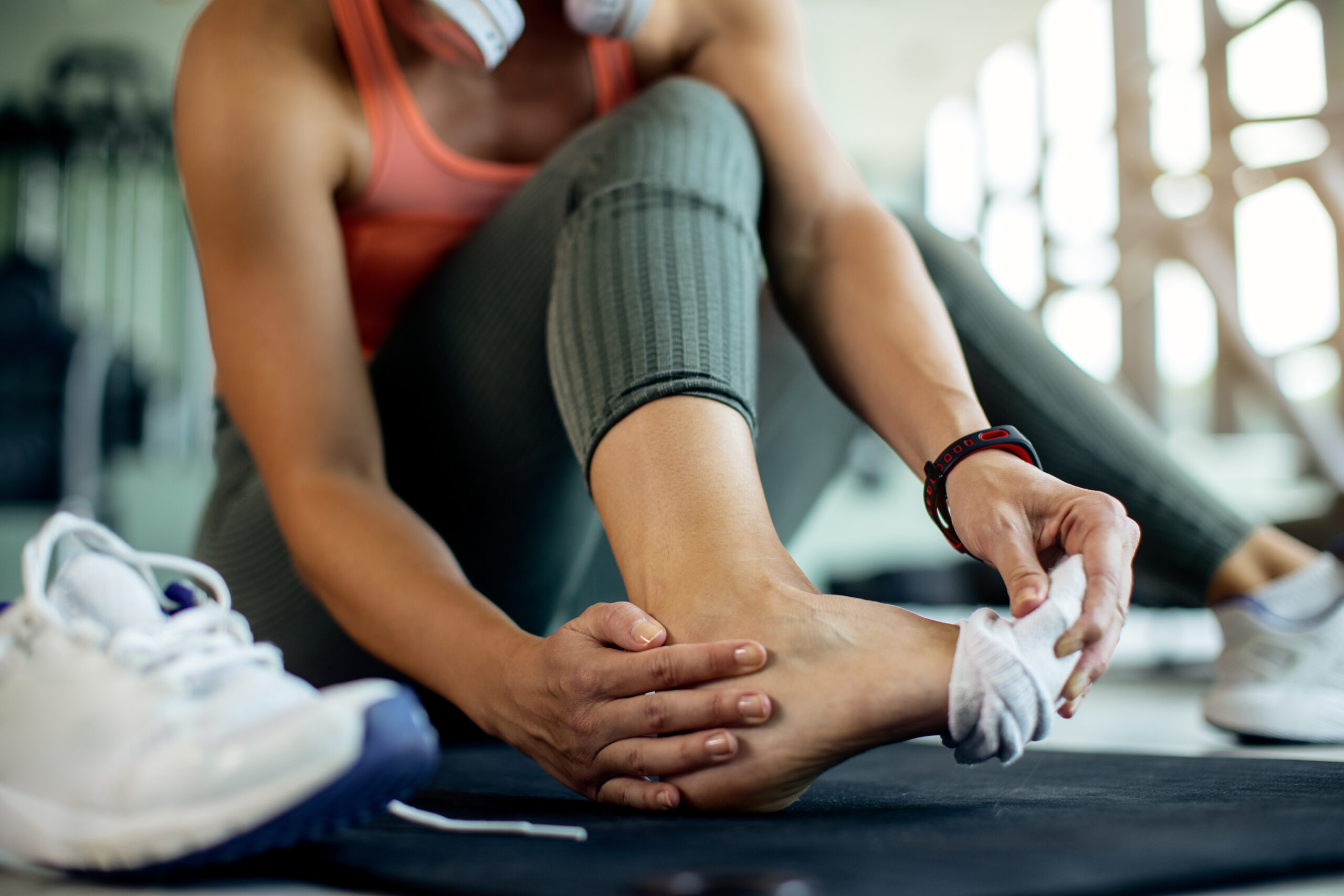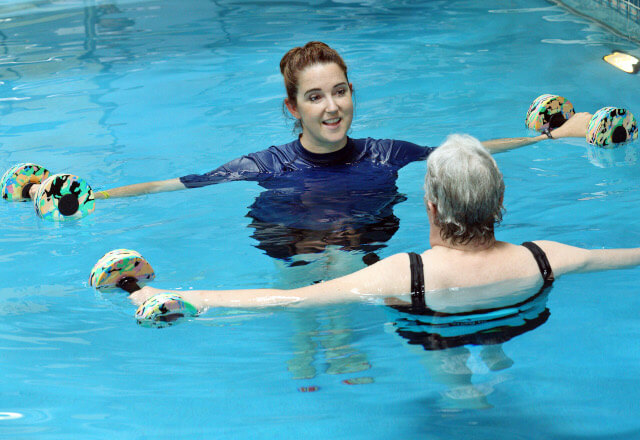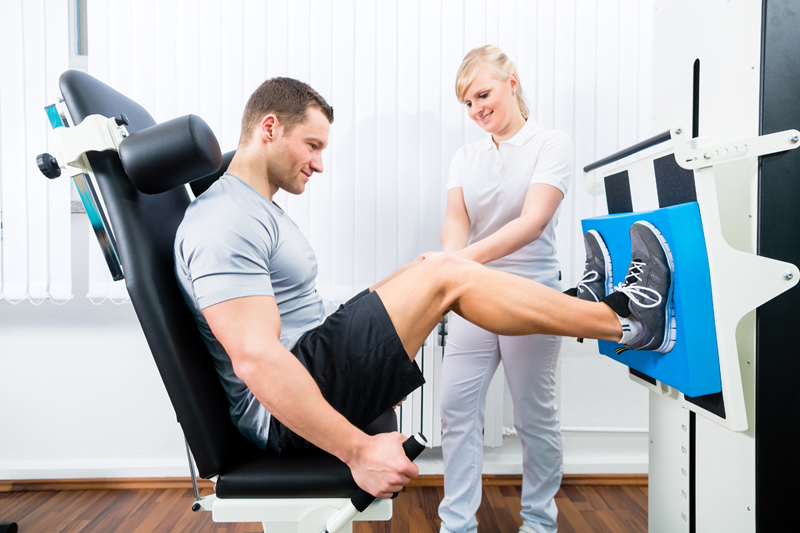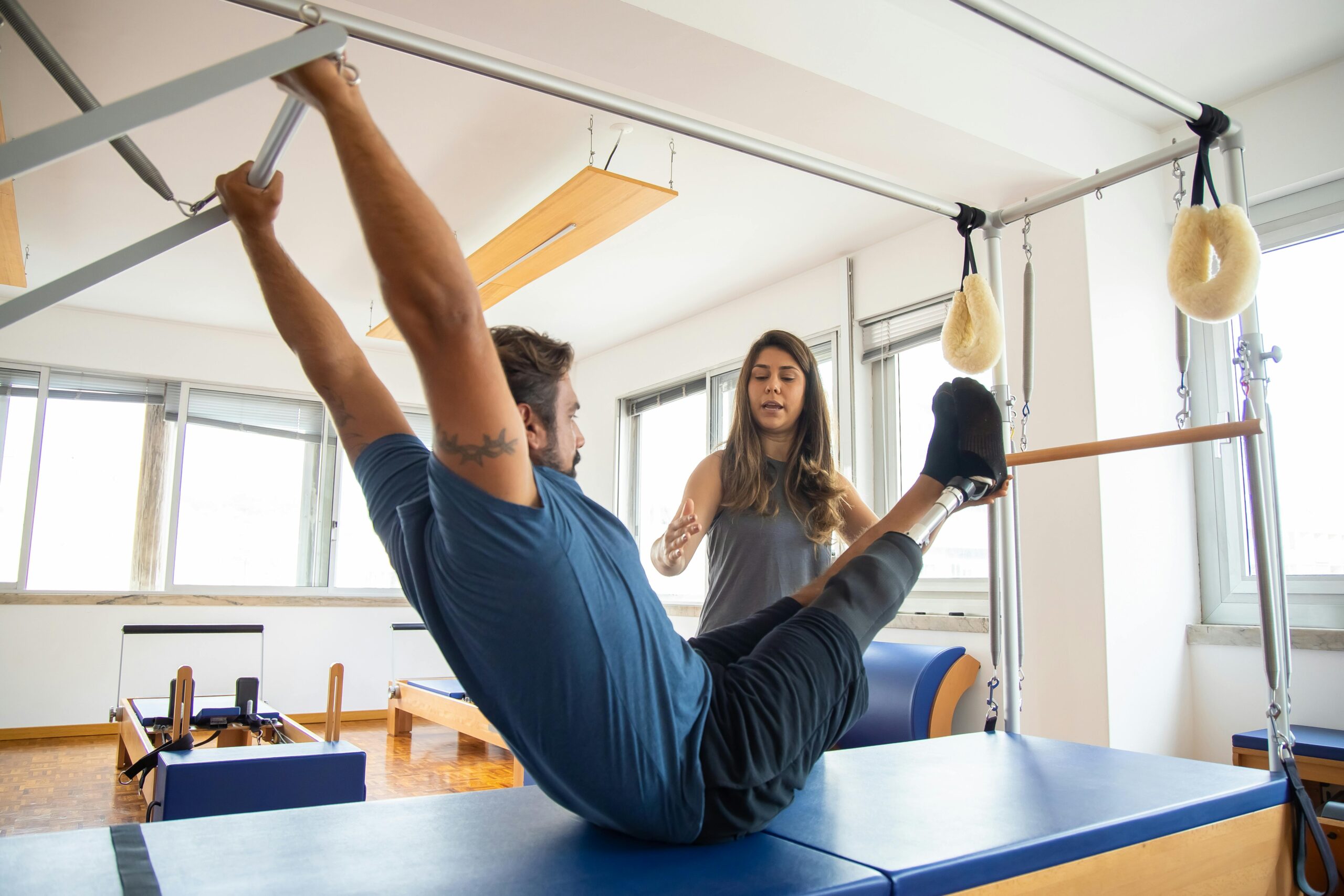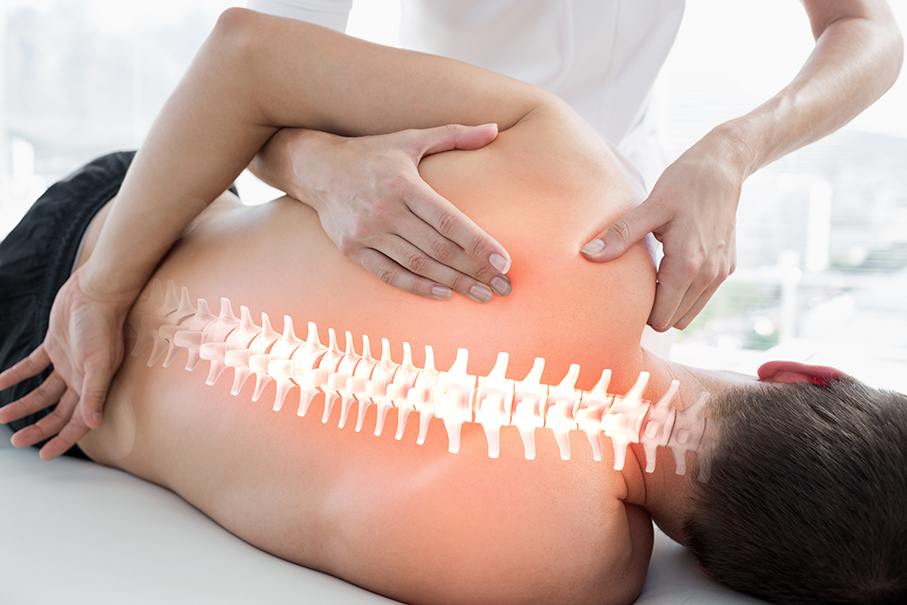Physiotherapy for Sports Injuries: Your Ultimate Recovery & Prevention Guide
Understanding Sports Injuries & Healing Phases
Introduction
Sports injuries are an inevitable part of an active lifestyle. Whether you’re a weekend warrior or
an elite competitor, effective recovery requires more than just rest. Physiotherapy plays a
crucial role in diagnosing, treating, and preventing sports-related injuries. Through a
combination of manual therapy, targeted exercises, and biomechanical retraining, physiotherapy
helps athletes return to play stronger and safer.
In this complete guide, we explore how physiotherapy supports your recovery journey, from
Injury to peak performance.
Understanding Sports Injuries & Healing Phases
Sports injuries typically include soft tissue damage such as sprains, strains, tendinopathies, and
ligament tears (like ACL or rotator cuff injuries). Others, such as stress fractures and shin
splints, involve bone and overuse-related issues.
Physiotherapists manage injuries according to healing stages:
● Inflammatory phase (0–72 hours): pain, swelling, restricted movement
● Repair phase (3 days – 6 weeks): tissue regeneration, scar formation
● Remodelling phase (6 weeks – months): return of tensile strength, functional movement
Understanding these stages is essential for tailoring rehab appropriately.
Initial Assessment & Diagnosis
Effective physiotherapy begins with a comprehensive assessment. Your physiotherapist will
examine:
● Mechanism of injury
● Pain location and intensity
● Range of motion and flexibility
● Muscle strength and endurance
● Movement and postural patterns
Diagnostic imaging (X-rays, MRI, ultrasound) may be recommended to confirm the diagnosis and
Exclude severe damage.
Treatment Modalities in Sports Physiotherapy
Manual Therapy
Hands-on techniques such as joint mobilisation, soft tissue release, and myofascial techniques
improve mobility, reduce pain, and support tissue healing.
Therapeutic Exercise & Functional Training
Exercise-based therapy is core to rehabilitation. It includes:
● Strength and resistance training
● Flexibility and stretching routines
● Balance and proprioception drills
● Sport-specific movement retraining
Nerve Gliding & Neural Mobility
For nerve-related injuries, techniques such as nerve glides help restore neural movement and
reduce symptoms like tingling or numbness.
Injury Prevention Programmes
Programmes like FIFA 11+ or neuromuscular control routines have proven effective in
reducing injury risk. These incorporate dynamic warm-ups, agility drills, and core stability.
Telehealth & Digital Physiotherapy
Online consultations and remote rehabilitation tools are increasingly popular, particularly for
follow-ups and basic mobility assessments.
Rehabilitation Phases & Return-to-Sport Strategy
Successful rehabilitation involves:
- Pain management & early mobility
- Restoring the full range of motion
- Strength & endurance building
- Sport-specific skill re-integration
- Gradual return to competition
Your physiotherapist will monitor progression using evidence-based metrics to ensure readiness
and minimise re-injury risk.
Common Injuries & Physiotherapy Strategies
ACL Tears & Knee Injuries
Rehab focuses on:
● Strengthening quads, hamstrings, and glutes
● Proprioception and balance training
● Gait retraining and jump mechanics
Tendinopathies (e.g., Achilles, Tennis Elbow)
Progressive loading, eccentric exercises, and technique correction help restore tendon function
and prevent recurrence.
Shin Splints & Stress Fractures
Physiotherapy addresses:
● Load management
● Footwear correction
● Calf strengthening and mobility
Shoulder Injuries (e.g., Rotator Cuff)
Includes posture correction, rotator cuff activation, and scapular control to ensure pain-free
overhead function.
Psychological Aspects of Injury Recovery
Injuries often affect mental health, causing frustration, anxiety, or performance fears.
Physiotherapists provide reassurance, goal setting, and referrals to sports psychologists when
needed. A strong mindset is essential for a full return.
Performance Enhancement & Injury Prevention
Beyond treatment, physiotherapy plays a vital role in optimising performance by:
● Correcting movement inefficiencies
● Identifying muscle imbalances
● Enhancing flexibility, agility, and control
This proactive approach reduces injury risks and supports long-term athletic development.
Evidence-Based Practice & Emerging Trends
Modern physiotherapy integrates:
● Clinical research on effective rehab techniques
● Use of wearable sensors, video analysis, and AI-powered screening for detailed
biomechanics insights
● Personalised data-driven recovery plans
This evolving landscape ensures your rehab is not only effective but also cutting-edge.
Conclusion
Physiotherapy is more than rehabilitation—it’s a comprehensive approach to recovery, injury
prevention, and performance enhancement. By working with a skilled physiotherapist, athletes
can return to sport faster, stronger, and more resilient than ever before.
If you’re recovering from an injury or looking to improve performance safely, now’s the time to
book a physiotherapy assessment and build a personalised rehab plan

